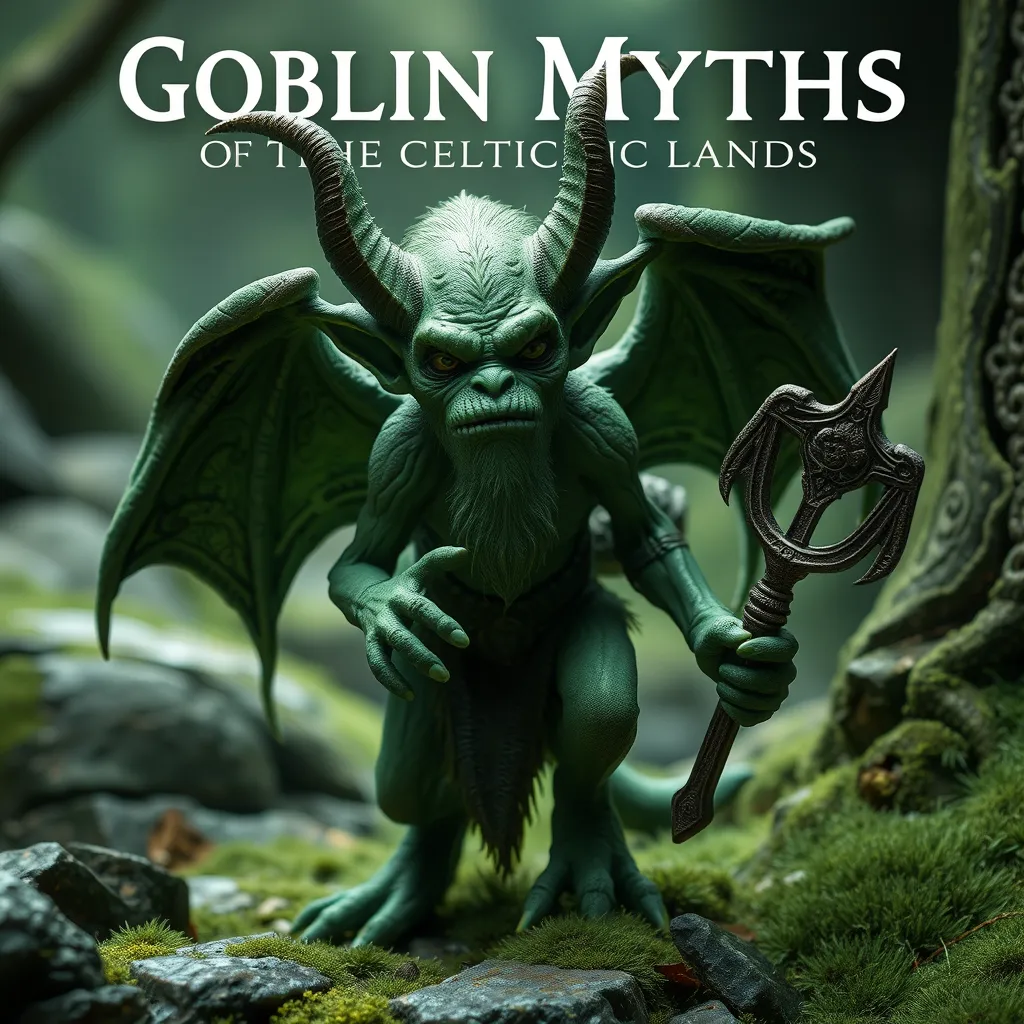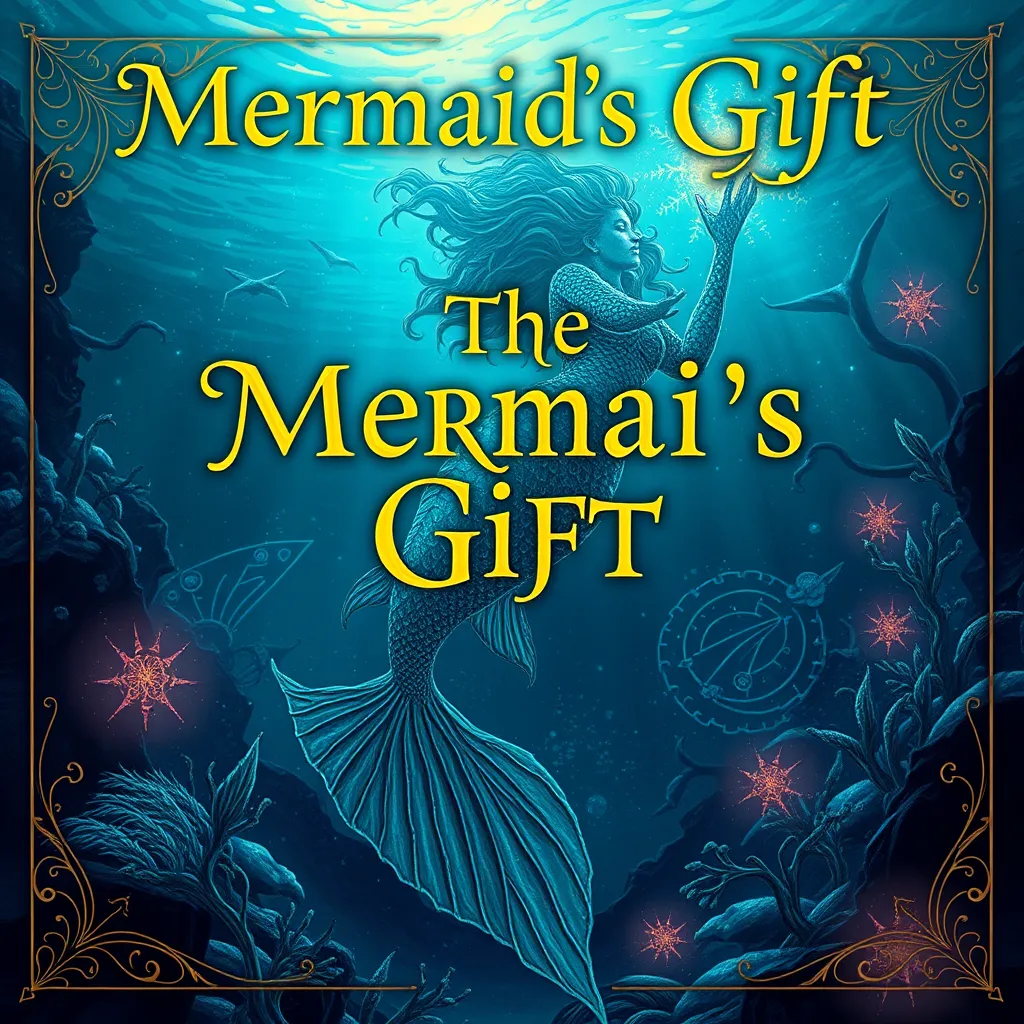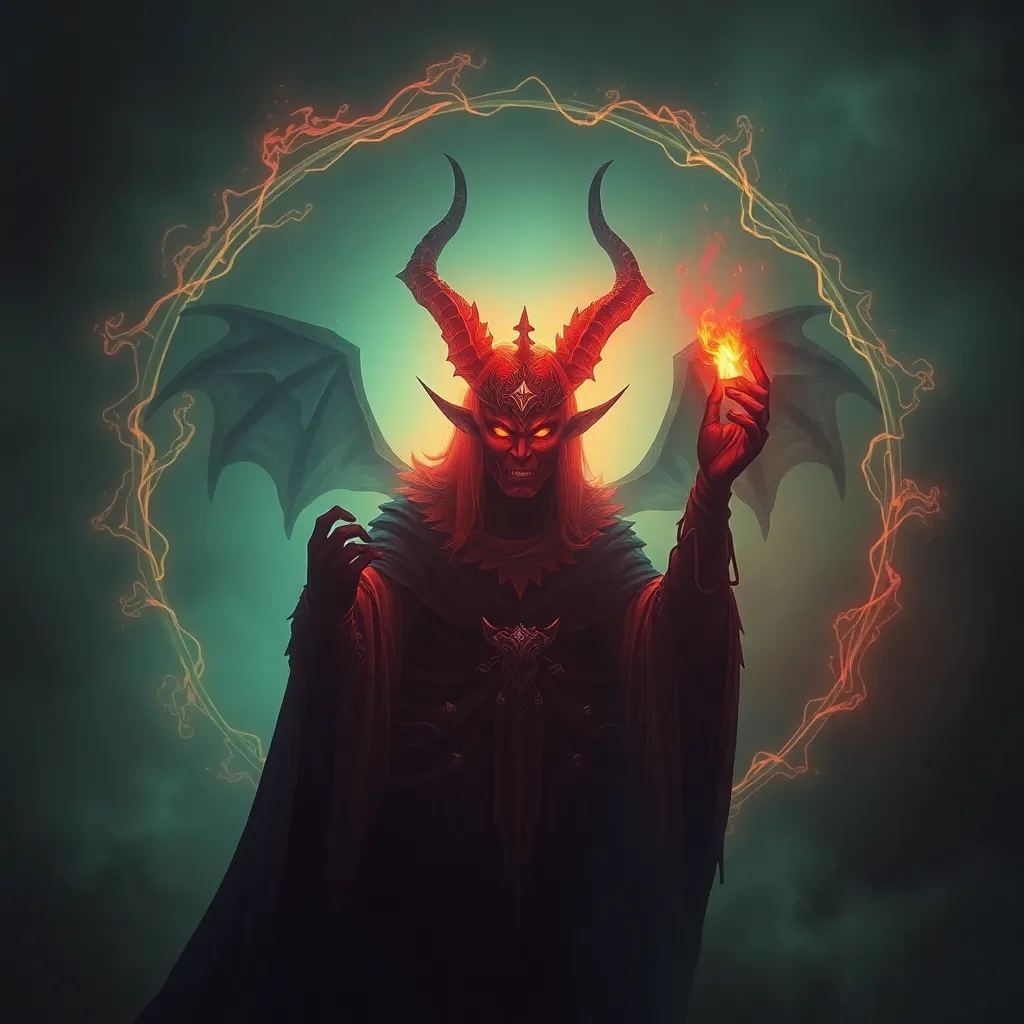Goblin Myths of the Celtic Lands: From Ireland to Brittany
I. Introduction
In the rich tapestry of Celtic mythology, goblins represent a fascinating and complex element that has captured the imagination of many. Defined as mischievous creatures often associated with the earth, goblins embody both the playful and dark aspects of nature. Their significance within Celtic culture is profound, often reflecting the values, fears, and beliefs of the communities that tell their tales.
This article will explore the goblin myths that span across the Celtic regions, specifically focusing on Ireland, Scotland, Wales, and Brittany. Each region possesses unique interpretations and representations of goblins, which serve not only as entertainment but also as cultural heritage.
II. Historical Origins of Goblin Myths
The origins of goblin myths in Celtic culture can be traced back to pre-Christian beliefs and folklore. Ancient Celts revered numerous spirits and deities connected to nature, and many goblin tales likely evolved from these early beliefs. As Christianity spread through the Celtic lands, many of these ancient tales transformed, blending pagan elements with new religious contexts.
Over time, goblin stories adapted to reflect societal changes, retaining core themes while evolving in their narratives. They often connected to ancient deities and spirits, embodying the traits of mischievous and capricious beings that could either assist or hinder humans.
III. Regional Variations of Goblin Legends
A. Goblins in Irish Folklore
Irish folklore is abundant with tales of goblins, often referred to as “leprechauns” or “pookas.” These stories highlight a variety of notable characters:
- Leprechauns: Known as solitary fairies who are often depicted as cobblers hiding their pots of gold.
- Pookas: Shape-shifting goblins that can take the form of animals and are known for their trickster behavior.
The cultural significance of these characters lies in their representation of luck and mischief, embodying both the charm and unpredictability of the Irish landscape.
B. Scottish Goblins and Their Characteristics
In Scotland, goblins, often called “gobhlins,” exhibit unique traits. They are frequently depicted in a more sinister light compared to their Irish counterparts. Characteristics of Scottish goblins include:
- Appearance: Typically described as small, grotesque creatures with sharp features.
- Behavior: Known to be more malevolent, often causing mischief or harm to unsuspecting humans.
When comparing Scottish goblins to those in Ireland, it is evident that while both share a mischievous nature, Scottish goblins tend to lean more towards the darker side of folklore.
C. Welsh Goblin Tales
Welsh folklore presents its own distinctive features of goblin lore. Goblins in Wales, often referred to as “Tylwyth Teg,” are depicted as enchanting beings that inhabit the hills and rivers. Their stories often include:
- Musical Talents: Many tales describe them as skilled musicians who lure humans with their enchanting music.
- Language Influence: The Welsh language has a significant impact on the portrayal of goblins, with many tales steeped in the region’s rich linguistic heritage.
D. Goblins in Brittany
In Brittany, goblins are known as “Korrigans.” These local adaptations illustrate how goblin myths have integrated with Breton culture. Key aspects include:
- Nature Spirits: Korrigans are often associated with specific natural sites, such as megaliths and forests.
- Cultural Traditions: Many festivals in Brittany celebrate the Korrigans, showcasing their importance in local folklore.
IV. Characteristics and Behaviors of Goblins
A. Physical Descriptions and Traits
Goblins across the Celtic lands share some common physical traits, including:
- Small stature, often described as diminutive compared to humans.
- Distinctive facial features, such as pointed ears and sharp noses.
- Colorful or ragged clothing, often reflecting their connection to nature.
B. Common Behaviors and Roles in Folklore
Goblins are often portrayed as:
- Mischievous pranksters that enjoy tricking humans.
- Guardians of treasures, particularly gold and natural resources.
- Ambassadors of the natural world, representing the balance between humanity and nature.
C. Symbolism Associated with Goblins in Celtic Culture
In Celtic culture, goblins symbolize:
- The unpredictable nature of life.
- The connection between the human world and the supernatural.
- The duality of good and evil, often embodying both helpful and harmful traits.
V. Goblin Myths in Literature and Art
A. Representation of Goblins in Celtic Literature
Goblins have made numerous appearances in Celtic literature, often serving as either protagonists or antagonists. Their stories reflect the complexities of human nature and moral lessons.
B. Artistic Interpretations in Medieval Manuscripts
Medieval manuscripts often depict goblins in vibrant illustrations, showcasing their mischievous nature and connection to folklore. Artists used these images to convey moral messages, reflecting the cultural significance of goblin myths.
C. Modern Adaptations in Literature and Media
In contemporary times, goblins have found a place in popular culture, influencing genres such as fantasy literature, films, and video games. Their adaptability allows them to fit into various narratives, representing both whimsy and darkness.
VI. Goblin Encounters: Folklore and Personal Accounts
A. Anecdotes from Local Populations
Across the Celtic regions, personal accounts of goblin encounters add a layer of authenticity to the folklore. Many locals recount stories passed down through generations, often involving:
- Unexpected encounters in rural areas.
- Interactions that led to both fortune and mischief.
B. Analysis of Goblin Encounters Across Regions
When analyzing these encounters, common themes emerge, including:
- The blending of reality and myth.
- The portrayal of goblins as both protectors and tricksters.
C. The Impact of These Stories on Community Identity
Goblin encounters contribute to a shared cultural identity, reinforcing local traditions and communal bonds. They often serve as a source of pride and a connection to the past.
VII. The Influence of Goblin Myths on Contemporary Culture
A. Revival of Interest in Celtic Folklore
In recent years, there has been a resurgence of interest in Celtic folklore, with goblins at the forefront of this revival. Many seek to reconnect with their cultural roots through the exploration of these ancient tales.
B. Influence on Modern Fantasy Genres
Goblins have significantly influenced modern fantasy genres, appearing in literature, television, and film. Their characteristics have been adapted to fit various narratives, showcasing their versatility as mythical beings.
C. Festivals and Events Celebrating Goblin Lore
Many regions celebrate their goblin lore through festivals and events, which often include:
- Storytelling sessions featuring local tales.
- Art exhibitions showcasing goblin-inspired works.
- Community gatherings that promote cultural heritage.
VIII. Conclusion
The significance of goblin myths in the Celtic lands cannot be overstated. These tales not only entertain but also serve as a reflection of the values and beliefs of the communities that tell them. The enduring legacy of goblins, from their mischievous antics to their deeper symbolism, invites us to explore and appreciate the rich folklore that continues to shape cultural identities across the Celtic regions.
As we delve into these stories, we gain insight not just into the myths themselves but also into the collective spirit of the Celtic people. Encouraging exploration and appreciation of local folklore allows us to keep these captivating narratives alive for future generations.</p



